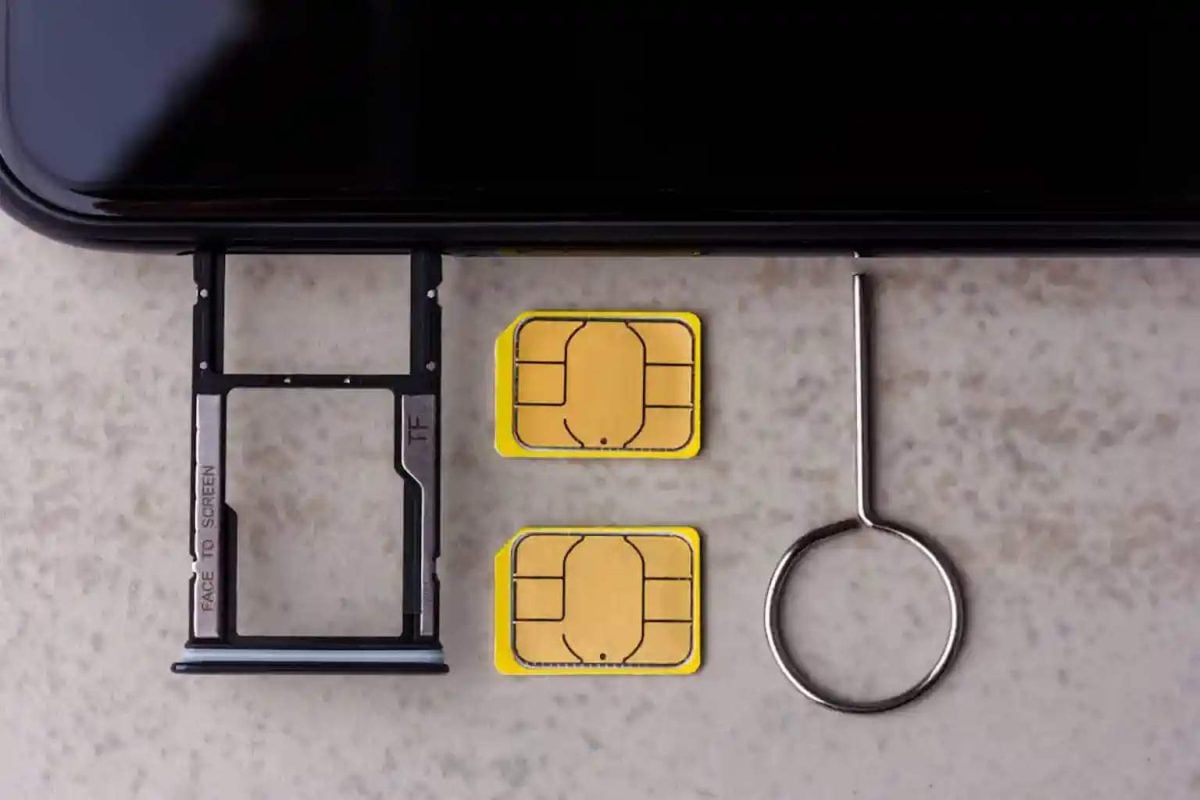American drivers are showing waning enthusiasm for electric vehicles, creating a challenging landscape for automakers across the country. Recent data reveals a notable shift in consumer interest that might signal larger troubles for the EV industry.
According to a Gallup survey conducted during the first quarter of this year, only 51% of Americans now express interest in purchasing an electric vehicle—down from 59% in 2023. This 8-point drop represents one of the most rapid declines in consumer sentiment toward a major automotive technology in recent years.
Market forces and policy shifts reshape the EV landscape
The changing political climate has introduced new variables into the electric vehicle equation. The administration has recently implemented a 25% tariff on imports, which directly impacts the cost structure for many EV models and components entering the American market.
There’s also growing uncertainty around federal incentives that have helped make EVs more affordable. The current administration has signaled possible elimination of the $7,500 federal tax credit for EV purchases and may halt plans for expanding the national charging infrastructure. These policy shifts come at a critical time when the industry was banking on continued government support to reach mass adoption.
Have you noticed fewer EVs in your neighborhood lately? You’re not alone. The statistics show that even among current EV owners, enthusiasm is cooling—only 11% of Americans now say they own an electric vehicle or are seriously thinking about buying one, down from 16% previously.
Tesla’s market struggle intensifies
Tesla, long the standard-bearer for the EV revolution, has hit rough waters in recent months. The company’s stock value has fallen to approximately half of its peak reached in December 2024. European sales for the brand have plummeted by an alarming 45%, marking one of the most dramatic market contractions for a major automaker in decades.
The company’s image has also taken hits among its once-loyal customer base. A growing number of Tesla owners report feeling less proud of their vehicle choice—a stark contrast to the brand’s former status as a symbol of forward-thinking transportation. (I remember when having a Tesla in your driveway was the ultimate status symbol just a few years ago.)
While Gallup’s research doesn’t explicitly identify the root causes behind declining EV interest, industry analysts point to several key factors. Range anxiety still ranks high among consumer concerns, with many potential buyers worried about finding themselves stranded with a depleted battery. The average EV range of 250-300 miles still falls short of the 400+ miles many gas vehicles offer.
Charging infrastructure remains a key barrier
“We didn’t attribute the shift so much to politics as to growing practical concerns about EVs—access to charging stations, vehicle range, those kinds of things,” explained Lydia Saad, social research director at Gallup.
The reality for many American drivers is that long-distance travel in an electric vehicle requires careful planning. While urban areas may offer adequate charging options, the vast expanses of rural America present real challenges. For a family planning a 600-mile road trip, the prospect of multiple charging stops—each lasting 20-40 minutes—can make traditional gas vehicles seem more practical.
Public charging stations in the US now number around 160,000—a fraction of the 145,000+ gas stations across the country, many of which feature multiple pumps. This charging network disparity continues to influence buying decisions, especially for single-vehicle households.
The numbers tell a mixed story
Despite the cooling interest, actual sales figures show some resilience. The American market saw over 365,000 electric vehicles sold during the last quarter of 2024, compared to 317,000 during the same period the previous year. This suggests that while the pool of potential new EV customers may be shrinking, those already committed to making the switch are following through.
The average price of an electric vehicle in the US market hovers around $53,000—still about $5,000 higher than the average new gas-powered vehicle. For budget-conscious shoppers, this price differential remains a significant hurdle, even after applying available tax incentives.
What’s your take on electric vehicles? Are they still the future of transportation, or will we see a longer transition period than many predicted? The road ahead for EVs in America seems increasingly unpredictable, with market forces and policy decisions continuing to reshape the landscape.
Looking ahead: uncertain terrain for EV adoption
The automotive industry finds itself at a crossroads. Manufacturers have collectively invested over $500 billion in electric vehicle development and production capacity. Reversing course now would prove financially devastating for many companies that have bet big on an electric future.
Yet consumer sentiment clearly shows growing hesitation. The initial wave of early adopters—tech enthusiasts and environmental advocates willing to overlook early limitations—has largely been exhausted. Now, automakers must convince mainstream buyers who prioritize practicality, value, and convenience.
For the average American family, the decision to go electric remains complex. While operating costs can be lower (electricity costs roughly equivalent to $1.50 per gallon of gasoline), the higher purchase price and lingering concerns about infrastructure create real barriers to adoption.
Will we see a temporary plateau in EV growth or a more dramatic market correction? The next 12-18 months may prove decisive for the electric revolution that once seemed inevitable. For now, both automakers and consumers appear to be reassessing their relationship with the technology that promised to transform American roads.


